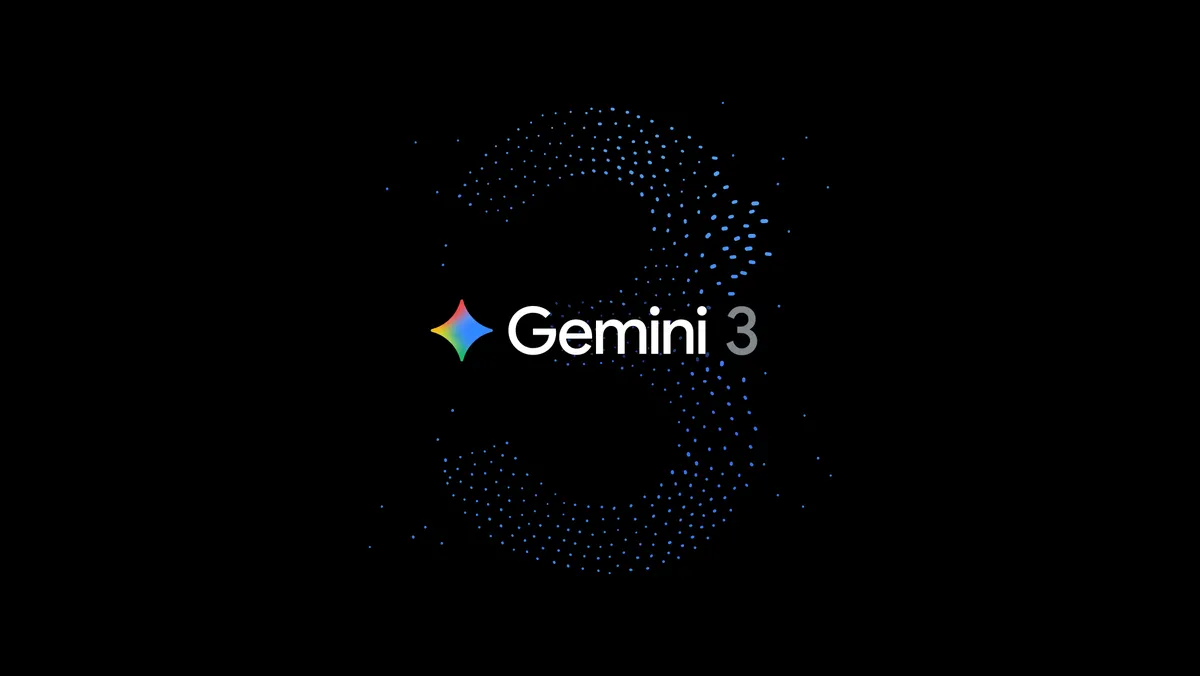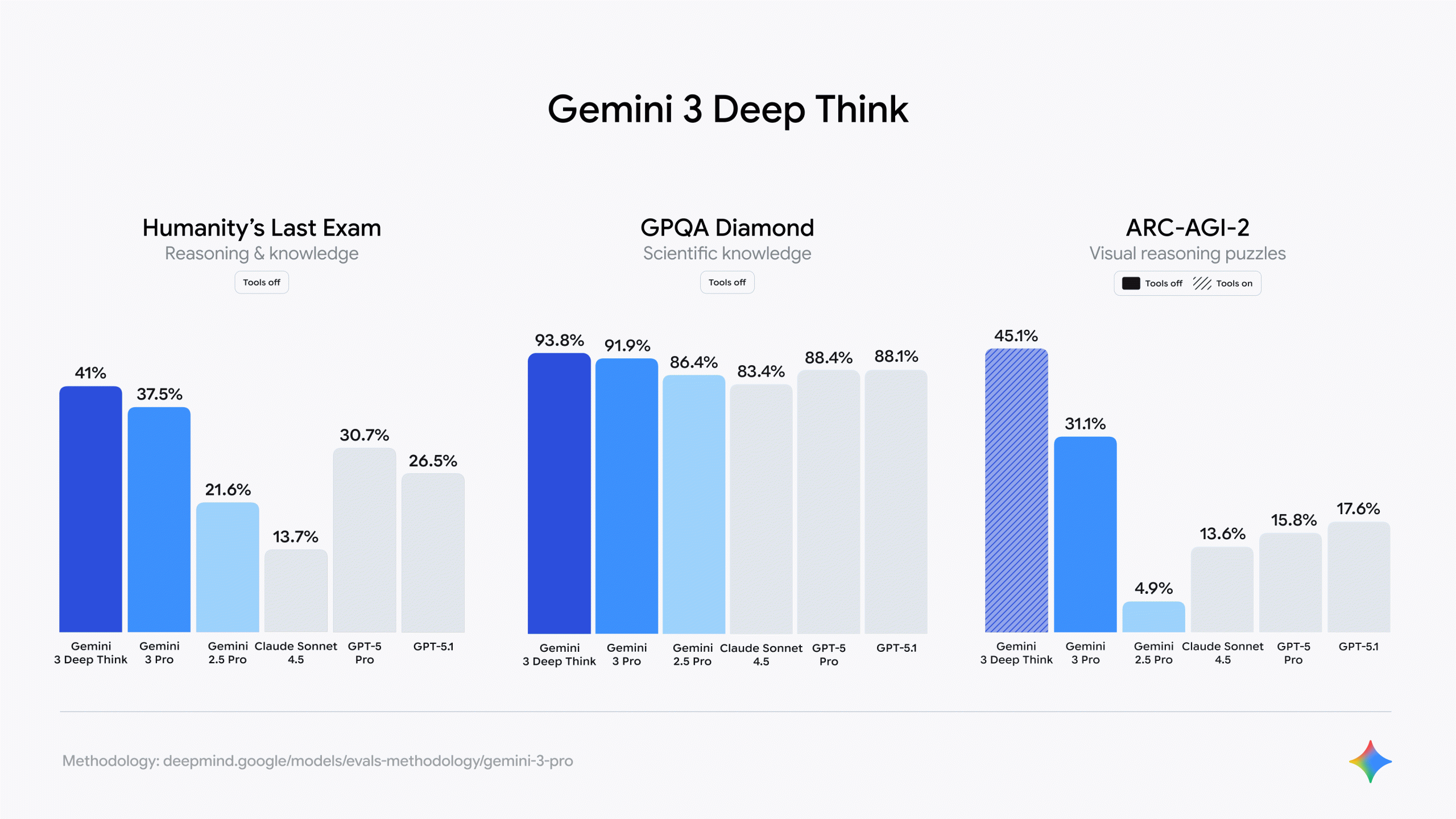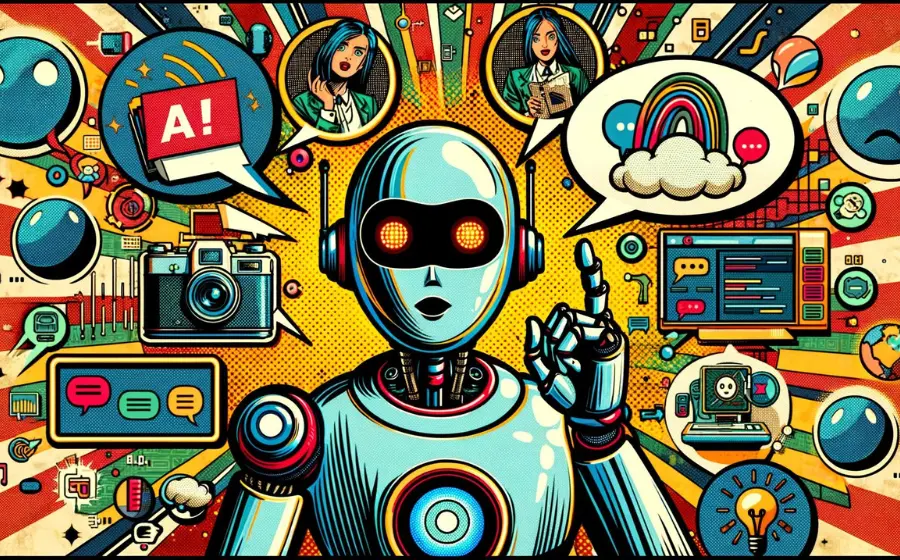
KEYTAKEAWAYS
- Gemini 3 introduces advanced reasoning, multimodal comprehension, and agent-like task execution, positioning it as one of Google’s most powerful intelligence systems to date.
- The launch triggered notable reactions across the tech world, including public acknowledgment from figures like Elon Musk and Sam Altman, fueling competitive momentum.
- With deep integration across Google products and developer platforms, Gemini 3 signals a shift toward real-world agentic workflows rather than simple conversational AI.

CONTENT
Google unveils Gemini 3, a major leap in reasoning, multimodality, and agentic capability—sparking industry reactions from Musk, Altman, and global developers.

INTRODUCTION
Google has taken a significant step forward in the global AI race with the release of Gemini 3. Announced alongside updates to Google Search and its developer ecosystem, Gemini 3 is not merely another language model upgrade—it represents a structural shift toward systems capable of reasoning, interpreting multiple forms of data, and executing tasks autonomously. The launch immediately attracted worldwide attention, not only from developers and industry analysts but also from well-known figures like Elon Musk and OpenAI’s Sam Altman, who expressed public recognition of its capability. Their reactions have amplified the perception that something unusually meaningful has arrived.
WHAT MAKES GEMINI 3 DIFFERENT
While previous iterations in the Gemini family focused primarily on improving language capabilities, Gemini 3 expands its intelligence outward. It processes text, images, video, and code while also demonstrating stronger logical reasoning and layered understanding. According to Google’s official release, the model was built to break down complex ideas, interpret nuance, and maintain context far beyond what earlier models could manage. It is this shift—from producing answers to forming structured reasoning chains—that marks Gemini 3 as notable.
Another defining characteristic is its move toward agentic workflows. Instead of functioning only as a chatbot or assistant, Gemini 3 can plan and execute multi-step tasks. Through Google’s new Antigravity platform, developers can build agents that operate within terminals, code editors, and browsers. This means that Gemini 3 is capable not only of generating instructions but also carrying them out, turning prompts into tangible action.
MULTIMODALITY AT SCALE
The ability to understand multiple types of input is at the core of the model. Earlier AI systems could generate or interpret text and images, but they rarely navigated between mediums fluidly. Gemini 3’s multimodal design allows it to analyze a document, interpret diagrams, review video frames, and connect information across formats. This becomes particularly important in practical applications like scientific research, education, finance, software engineering, and legal workflows where content is rarely single-format.
As a result, Gemini 3 is positioned as a tool that can not only summarise or rewrite content but evaluate, compare, identify gaps, and execute tasks based on multimodal instruction sets.

MARKET AND INDUSTRY RESPONSE
The launch quickly drew global attention. Several media outlets described the event as a moment where Google “finally pushed back” in an AI landscape dominated by accelerating competition. The reaction gained more intensity when Elon Musk and Sam Altman publicly acknowledged the release. Although the endorsements were short and somewhat understated, the fact that two of the most influential voices in the AI landscape responded so quickly suggests a recognition of competitive relevance.
Public discourse shifted rapidly: headlines referred to Gemini 3 as “an overnight breakthrough,” and online discussions highlighted how quickly user interest spiked. The launch did not feel incremental—it felt disruptive.
BENCHMARK PERFORMANCE AND VARIANTS
Google’s documentation notes that Gemini 3 Pro shows a marked improvement over the earlier Gemini 2.5 Pro across multiple reasoning and multimodal benchmarks. The enhanced version, Gemini 3 Deep Think, is designed for high-precision tasks requiring extensive reasoning and planning. The model demonstrates improvements in logic consistency, long-form analysis, and contextual reasoning performance.
Although not all performance metrics were disclosed publicly, the benchmarks that were revealed suggest that Gemini 3 is positioned near the top tier of available AI models. What remains uncertain is how the performance will carry over during high-volume, real-world deployment—especially in unpredictable user environments.
REAL-WORLD IMPLICATIONS
The introduction of agent-capable multimodal intelligence could reshape how AI is used across industries. Instead of interacting with AI solely through chat interfaces, users may rely on systems capable of independently managing tasks or orchestrating digital environments. For example, developers could use Gemini-powered agents to debug software, navigate codebases, and update documentation autonomously. Enterprise users might rely on AI systems that organize data workflows, compile reports, and perform audits.
However, this transition also raises meaningful questions. Increased autonomy means increased responsibility. Will models like Gemini 3 maintain safety, accuracy, and reliability as they gain execution power? Google states that safety evaluations and monitoring frameworks remain a core part of deployment, but industry discussion suggests that broader governance is still an open challenge.
WHAT COMES NEXT
The next few months will determine the real impact of Gemini 3. Several indicators will be worth watching closely: how widely it rolls out within Google services, how developers adopt Antigravity to build agent ecosystems, and how the technology functions under public demand. Additionally, the competitive response from other AI labs will shape whether this marks a turning point or simply accelerates an already fast-moving innovation cycle.
Regardless of how the broader market evolves, Gemini 3 has already reshaped expectations. It represents a transition from AI as a passive conversational tool to AI as an active problem-solving force. The shift feels foundational, and the world is now watching to see what emerges next.
















